Description
3-Ethylphenol: A Versatile Chemical with Diverse Applications
3-Ethylphenol is an organic compound belonging to the class of alkylphenols, characterized by a phenol ring (a benzene ring with a hydroxyl group -OH) substituted with an ethyl group at the 3rd position. Its chemical formula is C8H10O, and it exists as a clear, colorless to pale yellow liquid at room temperature. While perhaps not a household name, 3-ethylphenol plays a significant role in a variety of industries and research applications.
Properties and Characteristics:
The presence of both the hydroxyl group and the ethyl group on the benzene ring gives 3-ethylphenol its unique properties. It possesses:
- Solubility: Partially soluble in water but readily soluble in organic solvents like alcohols, ethers, and ketones. This solubility profile is critical for its application in various chemical processes.
- Reactivity: The hydroxyl group makes it reactive towards acids and bases, participating in reactions like esterification, etherification, and salt formation. The ethyl group can also undergo reactions like oxidation.
- Odor: Possesses a distinct phenolic odor, which can be important for its use as a fragrance component or indicator in certain applications.
- Melting and Boiling Points: Has specific melting and boiling points that are important for its handling and processing in industrial settings. These values are crucial for distillation and purification processes.
Applications in Various Fields:
3-Ethylphenol’s unique properties make it valuable in a range of applications, including:
- Chemical Synthesis: A key building block in the synthesis of more complex organic molecules. It can be used to create pharmaceuticals, agrochemicals, and specialty chemicals with specific properties and functionalities. The selective modification of either the hydroxyl or ethyl group allows for the creation of a diverse array of derivatives.
- Fragrances and Flavors: Used as a component in fragrance compositions and flavoring agents. Its phenolic odor can add a specific note to perfumes, and its derivatives can contribute to various flavor profiles in food and beverages. It often contributes to smoky or woody notes.
- Polymer Industry: Employed as a modifier in the production of polymers. It can alter the properties of polymers, such as their flexibility, heat resistance, and solubility. This is achieved by incorporating it as a monomer or as a chain terminator during polymerization.
- Pharmaceutical Research: Investigated for potential pharmaceutical applications. Derivatives of 3-ethylphenol have been explored for their biological activities, including antioxidant, anti-inflammatory, and antimicrobial properties. Further research is ongoing to fully understand its therapeutic potential.
- Scientific Research: Used as a research tool in various scientific disciplines. It can be used as a standard or a reference compound in analytical chemistry, and it can be employed to study the reactivity of phenols and the effects of substituents on the benzene ring.
Safety Considerations:
As with any chemical compound, proper handling and safety precautions are essential when working with 3-ethylphenol. It can be:
- Irritating: May cause skin and eye irritation upon contact.
- Harmful if swallowed or inhaled: Ingestion or inhalation can lead to adverse health effects.
- Flammable: It is a flammable liquid and should be handled away from open flames and potential ignition sources.
Therefore, it is crucial to wear appropriate personal protective equipment (PPE) such as gloves, safety glasses, and a lab coat when handling 3-ethylphenol. Work should be conducted in a well-ventilated area, and proper disposal procedures should be followed. Consulting the Material Safety Data Sheet (MSDS) for comprehensive safety information is always recommended.
Conclusion:
3-Ethylphenol is a versatile chemical compound with a surprisingly broad range of applications, from chemical synthesis and fragrance development to polymer modification and pharmaceutical research. Its unique combination of properties, stemming from the hydroxyl and ethyl groups attached to the phenol ring, makes it a valuable tool for chemists and researchers across various disciplines. Understanding its properties, applications, and safety considerations is crucial for its effective and responsible use. Continued research and innovation will likely uncover even more applications for this fascinating and important chemical compound in the future.

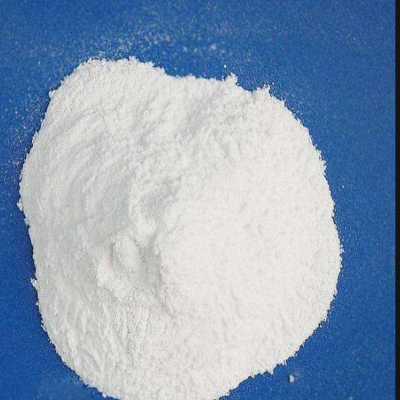
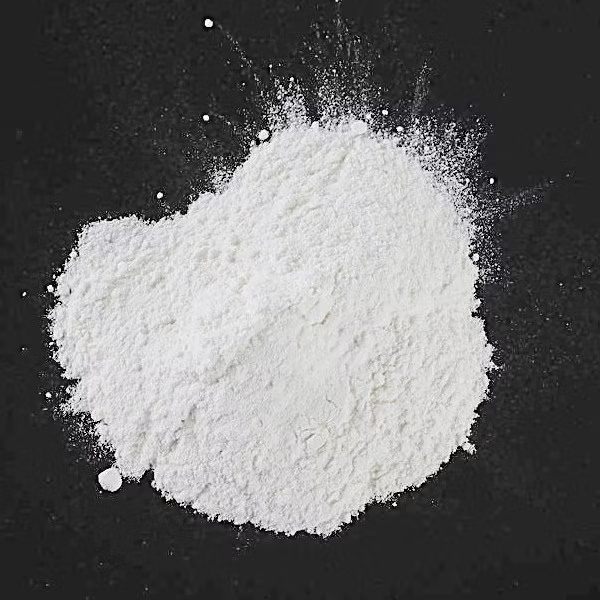
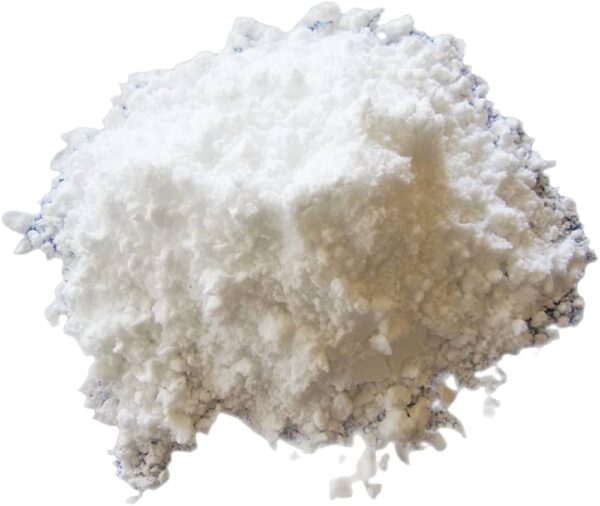
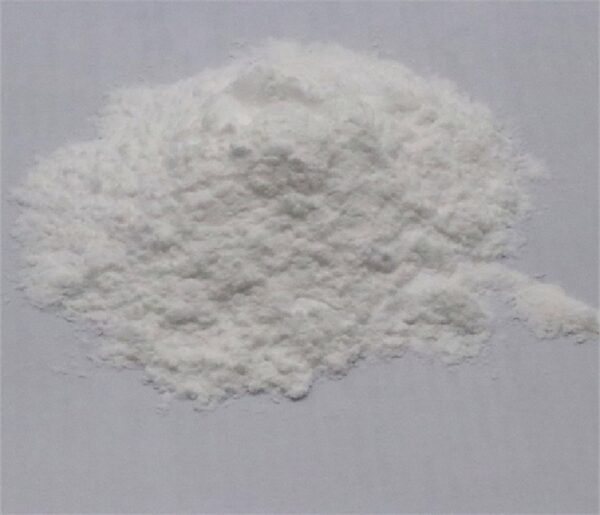

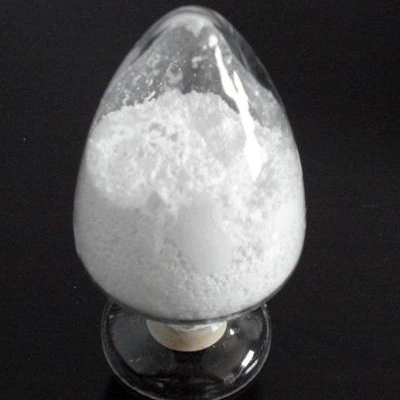



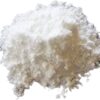


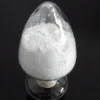
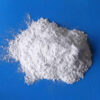




Reviews
There are no reviews yet.